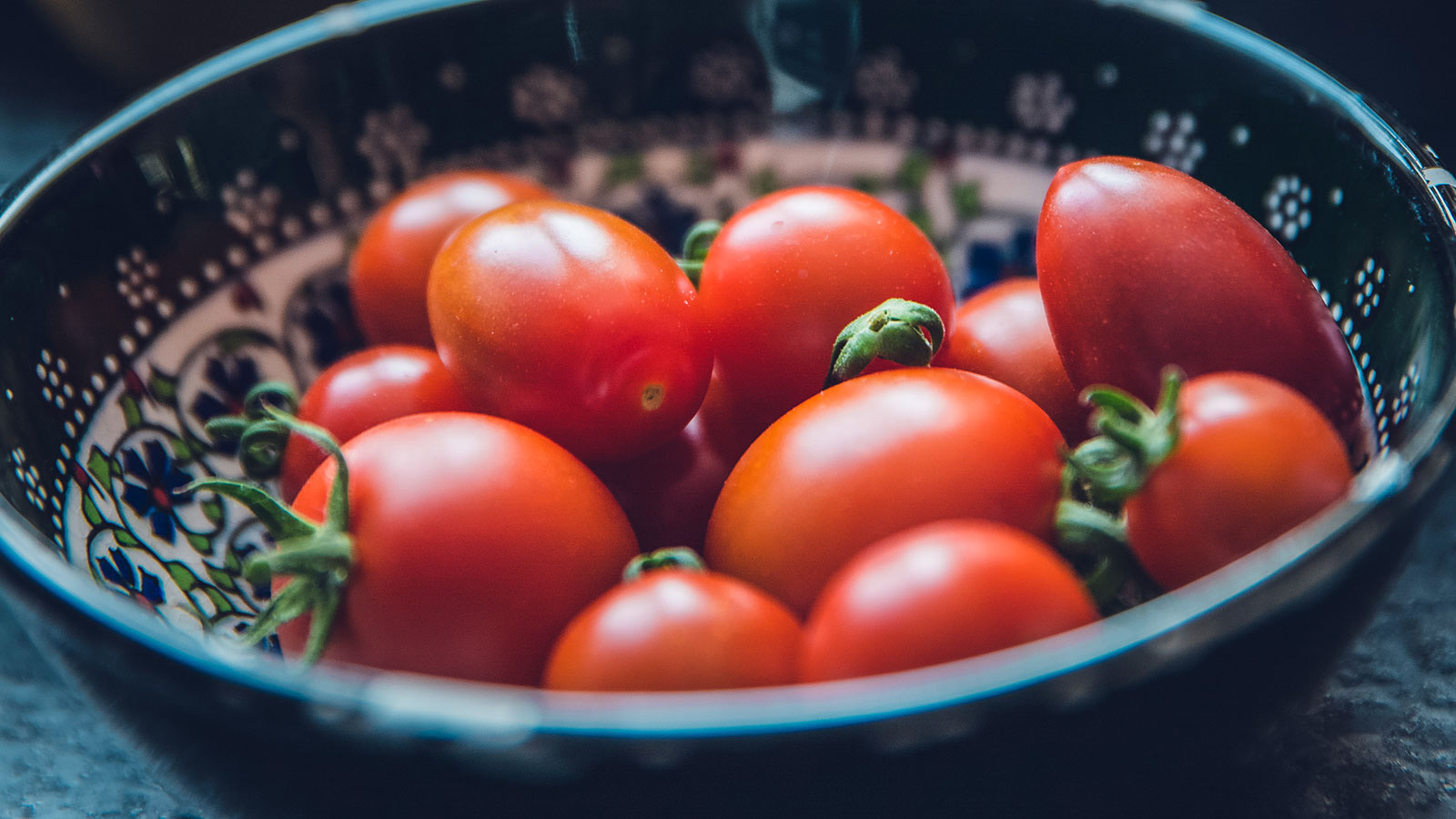

Articles
How To Store Baby Tomatoes
Modified: January 18, 2024
Learn the best ways to store baby tomatoes and keep them fresh for longer with these helpful articles on storing and preserving your favorite summer produce.
(Many of the links in this article redirect to a specific reviewed product. Your purchase of these products through affiliate links helps to generate commission for Storables.com, at no extra cost. Learn more)
Introduction
When it comes to enjoying the delightful flavors of baby tomatoes, it’s essential to store them properly to maintain their freshness and taste. Whether you have harvested them from your garden or bought them from the local farmer’s market, following the right storage methods will help you enjoy their goodness for longer. In this article, we will explore various techniques to store baby tomatoes and keep them in prime condition.
Baby tomatoes are known for their vibrant colors, sweet taste, and versatile use in a wide range of dishes, from salads and sauces to soups and salsas. By storing them correctly, you can extend their shelf life and ensure that each tomato is at its best when you’re ready to use it.
From refrigeration and freezing to preserving in oil, drying, and storing in vinegar, there are several methods you can try based on your preference and culinary needs. Let’s dive into each of these methods and discover how to store baby tomatoes effectively.
Key Takeaways:
- Store baby tomatoes in oil to capture their intense flavor and enjoy them in various dishes. It’s a versatile and long-lasting method that adds a burst of deliciousness to your culinary creations.
- Refrigerate or freeze baby tomatoes based on your usage needs. Refrigeration keeps them fresh for a week, while freezing preserves them for up to six months, perfect for cooked dishes.
Read more: How To Store Baby Items For Next Baby
Choosing the Right Storage Method
Before we dive into the specifics of each storage method, it’s essential to consider a few factors to help you choose the right approach for storing your baby tomatoes:
- Ripeness: Determine the ripeness of your baby tomatoes. If they are fully ripe, you may need to use them sooner or opt for methods that preserve their freshness for a shorter period of time. If they are slightly under-ripe, you can go for methods that allow them to ripen further during storage.
- Intended Use: Consider how you plan to use the baby tomatoes later. If you want to maintain their fresh texture and flavor, certain storage methods may be more suitable. If you intend to use them in cooked dishes or recipes where texture isn’t as crucial, different storage methods may work better.
- Quantity: Take into account the number of baby tomatoes you have. Some methods are more suitable for small quantities, while others are more efficient for larger batches.
- Convenience and Accessibility: Consider your convenience and accessibility to various storage options. Some methods may require specialized containers or equipment, while others can be easily done with everyday items.
By considering these factors, you can select the storage method that best suits your needs and ensures that your baby tomatoes stay fresh and flavorful for as long as possible.
Refrigerating Baby Tomatoes
Refrigeration is one of the most common and convenient methods for storing baby tomatoes. Follow these steps to keep your tomatoes fresh in the refrigerator:
- Inspect and sort: Before refrigerating, inspect your baby tomatoes and remove any that are overripe, bruised, or spoiled. Sort them based on their ripeness if you plan to use them at different times.
- Do not wash: It’s best to avoid washing baby tomatoes before refrigeration as moisture can lead to spoilage. Only wash them right before use.
- Store in a breathable container: Place your baby tomatoes in a breathable container, such as a plastic or mesh bag, or a shallow container lined with paper towels. This helps to prevent moisture buildup and extends their shelf life.
- Keep away from ethylene-producing fruits: Ethylene gas speeds up the ripening process. Therefore, avoid storing baby tomatoes with ethylene-producing fruits like bananas, apples, and avocados to prevent them from becoming overripe too quickly.
- Place in the refrigerator: Finally, store the container of baby tomatoes in the refrigerator. The temperature should be set between 40-45°F (4-7°C). Avoid placing them near areas with temperature fluctuations, such as the door.
Refrigerating baby tomatoes can help preserve their flavor and texture for up to a week. However, it’s best to use them within a few days for the best taste and quality. Remember to bring the tomatoes to room temperature before using them for optimal flavor.
Freezing Baby Tomatoes
Freezing is an excellent method to preserve the freshness of baby tomatoes for a longer duration. Here’s how you can freeze baby tomatoes:
- Wash and dry: Start by washing the baby tomatoes thoroughly under cool water. Pat them dry with a clean kitchen towel or paper towels.
- Remove stems: Remove the stems from the baby tomatoes, making sure to discard any damaged or spoiled ones.
- Blanching (optional): Blanching is an optional step that can help preserve the color, texture, and flavor of the tomatoes. Bring a pot of water to a boil and immerse the tomatoes in boiling water for about 30 seconds. Quickly transfer them to a bowl of cold water to stop the cooking process.
- Flash-freeze: Arrange the baby tomatoes in a single layer on a baking sheet lined with parchment paper. Place the tray in the freezer and let the tomatoes freeze for a few hours until they are solid.
- Pack for storage: Once the baby tomatoes are frozen, transfer them to freezer bags or airtight containers. Ensure they are properly sealed to prevent freezer burn. Label the bags with the date to keep track of their freshness.
- Store in the freezer: Place the packed baby tomatoes in the freezer, making sure to lay them flat to minimize the space they take up.
Frozen baby tomatoes can be stored for up to six months. They are perfect for use in cooked dishes like soups, stews, and sauces. However, note that freezing can alter the texture of the tomatoes, causing them to become soft when thawed. Therefore, they may not be suitable for garnishing or using in fresh salads.
When you’re ready to use the frozen baby tomatoes, simply thaw them in the refrigerator overnight or briefly run them under cool water. They are ready to be cooked and enjoyed!
Preserving Baby Tomatoes in Oil
Preserving baby tomatoes in oil is a fantastic way to capture their intense flavor and enjoy them long after their harvest season. Here’s a step-by-step guide on how to preserve baby tomatoes in oil:
- Clean and sterilize jars: Start by thoroughly cleaning and sterilizing glass jars with tight-fitting lids. This helps ensure that your preserved tomatoes stay safe and fresh.
- Prepare the baby tomatoes: Wash the baby tomatoes and pat them dry. If desired, you can prick them with a toothpick to prevent them from bursting in the jar.
- Add flavorings: To enhance the flavor, you can add various herbs and seasonings to the jars. Popular choices include garlic cloves, fresh basil leaves, oregano, thyme, and red pepper flakes. Get creative and customize the flavors to your liking.
- Pack the tomatoes: Fill the jars with the baby tomatoes, leaving some space at the top. Lightly press them to ensure they are tightly packed but not squashed.
- Add oil: Pour olive oil over the tomatoes, ensuring they are completely submerged. The oil acts as a preservative and helps preserve the tomatoes’ flavor and texture.
- Remove air bubbles: Use a clean utensil to gently remove any air bubbles trapped among the tomatoes. This helps prevent spoilage and extends the shelf life.
- Seal and store: Wipe the rims of the jars to remove any oil or residue. Place the lids on the jars and tighten them securely. Store the jars in a cool, dark place such as a pantry or cellar.
- Allow flavors to develop: Let the preserved baby tomatoes marinate in the oil for at least one week before using them. This allows the flavors to develop, resulting in a more flavorful product.
Preserved baby tomatoes in oil can be stored for several months. When you’re ready to use them, scoop out the desired amount of tomatoes and oil from the jar. They are perfect for adding to pasta dishes, pizzas, sandwiches, and even as a topping for bruschetta.
Remember to refrigerate any leftover preserved tomatoes after opening and use them within a reasonable timeframe to maintain their flavor and safety.
Store baby tomatoes at room temperature if you plan to use them within a few days. For longer storage, place them in the refrigerator in a breathable container to maintain their freshness. Avoid storing them in airtight containers, as this can cause them to spoil more quickly.
Read more: How To Store Tomato Seeds
Drying Baby Tomatoes
Drying baby tomatoes is a fantastic method to intensify their flavors and create delicious, chewy treats that can be enjoyed on their own or used in various dishes. Here’s a simple guide on how to dry baby tomatoes:
- Preheat the oven: Start by preheating your oven to a low temperature, around 200°F (93°C).
- Prepare the baby tomatoes: Wash the baby tomatoes and pat them dry. Slice them in half lengthwise, or if they are small enough, leave them whole.
- Season the tomatoes (optional): If desired, toss the halved tomatoes in a bowl with a drizzle of olive oil, salt, pepper, and your favorite herbs or spices, such as dried oregano, thyme, or garlic powder. This step adds an extra layer of flavor to your dried tomatoes.
- Arrange on baking sheets: Place the seasoned baby tomatoes, cut side up, on baking sheets lined with parchment paper. Make sure to leave some space between each tomato to allow for proper airflow.
- Dry in the oven: Put the baking sheets in the preheated oven and allow the tomatoes to dry slowly for about 4-6 hours. The drying time may vary depending on the size of the tomatoes and the desired level of dryness. Check them periodically to prevent over-drying.
- Cool and store: Once the baby tomatoes are dried to your desired texture, remove them from the oven and let them cool completely. Transfer them to airtight containers or glass jars and store them in a cool, dry place away from sunlight.
The dried baby tomatoes will become slightly shriveled, chewy, and intensely flavored. They are perfect for adding a burst of flavor to salads, pastas, sandwiches, or enjoyed as a snack on their own.
Note that homemade dried baby tomatoes may have a shorter shelf life compared to commercially dried ones. It is best to use them within a few weeks to maintain their freshness and quality. If there are any signs of spoilage, discard them immediately.
Storing Baby Tomatoes in Vinegar
Storing baby tomatoes in vinegar is an excellent way to infuse them with tangy flavor and create a versatile ingredient that can be used in various recipes. Here’s how you can store baby tomatoes in vinegar:
- Clean and sterilize jars: Start by cleaning and sterilizing glass jars with tight-fitting lids. This helps ensure that your preserved tomatoes stay fresh and safe.
- Prepare the baby tomatoes: Wash the baby tomatoes and pat them dry. Prick them with a toothpick or fork to allow the vinegar to penetrate the skins.
- Add flavorings (optional): To enhance the flavor, you can add various herbs, spices, or aromatics to the jars. Popular choices include garlic cloves, basil leaves, rosemary sprigs, or red pepper flakes.
- Pack the tomatoes: Fill the jars with the baby tomatoes, leaving some space at the top. Lightly press them to ensure they are tightly packed but not squashed.
- Add vinegar: Pour your choice of vinegar over the tomatoes until they are completely covered. Common vinegars used for preserving tomatoes include white wine vinegar, apple cider vinegar, or balsamic vinegar.
- Remove air bubbles: Use a clean utensil to gently remove any air bubbles trapped among the tomatoes. This helps prevent spoilage and ensures the vinegar comes into contact with all the tomatoes.
- Seal and store: Wipe the rims of the jars to remove any vinegar or residue. Place the lids on the jars and tighten them securely. Store the jars in a cool, dark place such as a pantry or cellar.
- Allow flavors to develop: Allow the baby tomatoes to marinate in the vinegar for at least a week before using. This allows the flavors to meld together and creates a tangy, flavorful product.
Preserved baby tomatoes in vinegar can be stored for several months. They add a wonderful zing to salads, sandwiches, antipasti platters, and more. The leftover vinegar can also be used as a tasty dressing or marinade.
Remember to refrigerate any leftover tomatoes after opening and use them within a reasonable timeframe to maintain their flavor and safety.
Tips for Storing Baby Tomatoes Properly
To ensure that your baby tomatoes stay fresh, flavorful, and ready to use, consider the following tips for storing them properly:
- Harvest or purchase at the right time: If you grow your own baby tomatoes, make sure to harvest them when they are fully ripe but still firm. If buying from a market, select tomatoes that are plump, vibrant in color, and free from any soft spots or blemishes.
- Avoid direct sunlight: Baby tomatoes should be stored away from direct sunlight, as exposure to sunlight can cause them to spoil more quickly and lose their flavor.
- Handle with care: When handling baby tomatoes, be gentle to avoid bruising or damaging them. Even slight bruising can lead to faster spoilage.
- Store at room temperature: Baby tomatoes are best stored at room temperature, as refrigeration can affect their texture and taste. Only refrigerate if they are very ripe and need to be used within a day or two.
- Check and sort: Regularly inspect your stored baby tomatoes and remove any that show signs of spoilage, such as mold or extreme softness. Sort according to their ripeness if you plan to use them at different times.
- Separate tomatoes: If you store different types or varieties of baby tomatoes together, it’s a good idea to keep them separate. This prevents any cross-contamination or mixing of flavors.
- Properly ventilate: To prevent moisture buildup, store baby tomatoes in a breathable container or a perforated plastic bag. This helps to maintain their freshness and prevent them from becoming too moist.
- Avoid overcrowding: Give your baby tomatoes enough space to breathe. Overcrowding can lead to faster spoilage and may cause them to get squashed, accelerating the ripening process.
- Plan your usage: Plan your meals and recipes ahead of time to use the baby tomatoes before they overripen. This way, you can enjoy them at their optimal freshness and flavor.
By following these tips, you can maximize the shelf life of your baby tomatoes and enjoy their deliciousness for longer periods of time.
Conclusion
Proper storage is key to maintaining the freshness and flavor of baby tomatoes. Whether you choose to refrigerate them, freeze them, preserve them in oil, dry them, or store them in vinegar, each method offers its own unique benefits and allows you to enjoy the delightful taste of baby tomatoes throughout the year.
Refrigeration is ideal for short-term storage, keeping baby tomatoes fresh for up to a week. Freezing is a convenient option for preserving tomatoes for longer periods, perfect for use in cooked dishes. Preserving baby tomatoes in oil infuses them with intense flavor and makes for a versatile ingredient. Drying baby tomatoes intensifies their taste and creates chewy, delicious treats. Storing baby tomatoes in vinegar provides a tangy twist and enhances their usage in various recipes.
Remember to consider factors such as ripeness, intended use, quantity, convenience, and accessibility when selecting the right storage method for your baby tomatoes. With proper handling, storage, and usage, you can savor the vibrant colors, sweet taste, and versatility of these little gems.
By following the tips outlined in this article, you can ensure that your baby tomatoes stay in prime condition, ready to elevate your culinary creations. So, go ahead, store your baby tomatoes properly, and indulge in their succulent flavors, adding a burst of deliciousness to your meals!
Frequently Asked Questions about How To Store Baby Tomatoes
Was this page helpful?
At Storables.com, we guarantee accurate and reliable information. Our content, validated by Expert Board Contributors, is crafted following stringent Editorial Policies. We're committed to providing you with well-researched, expert-backed insights for all your informational needs.
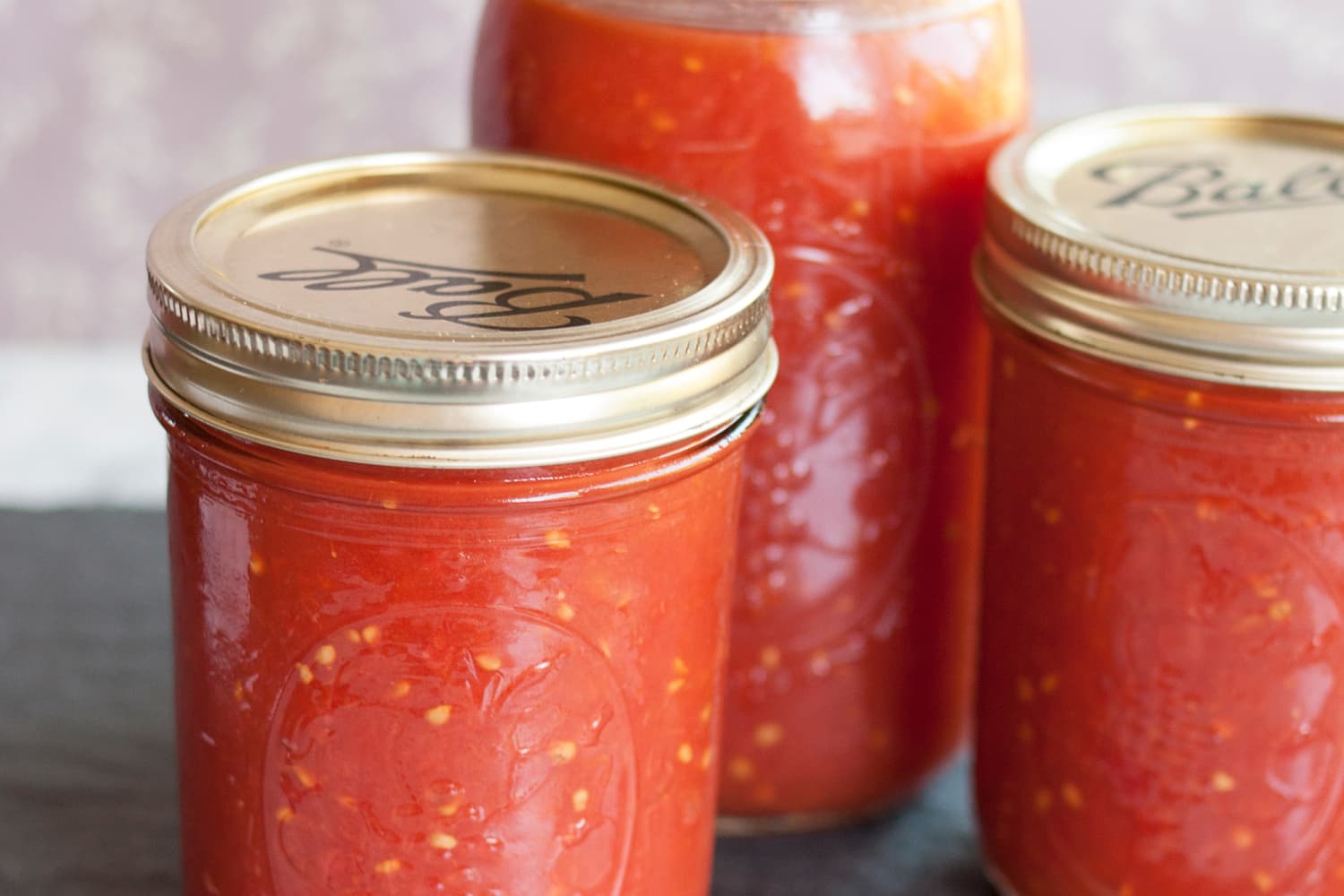
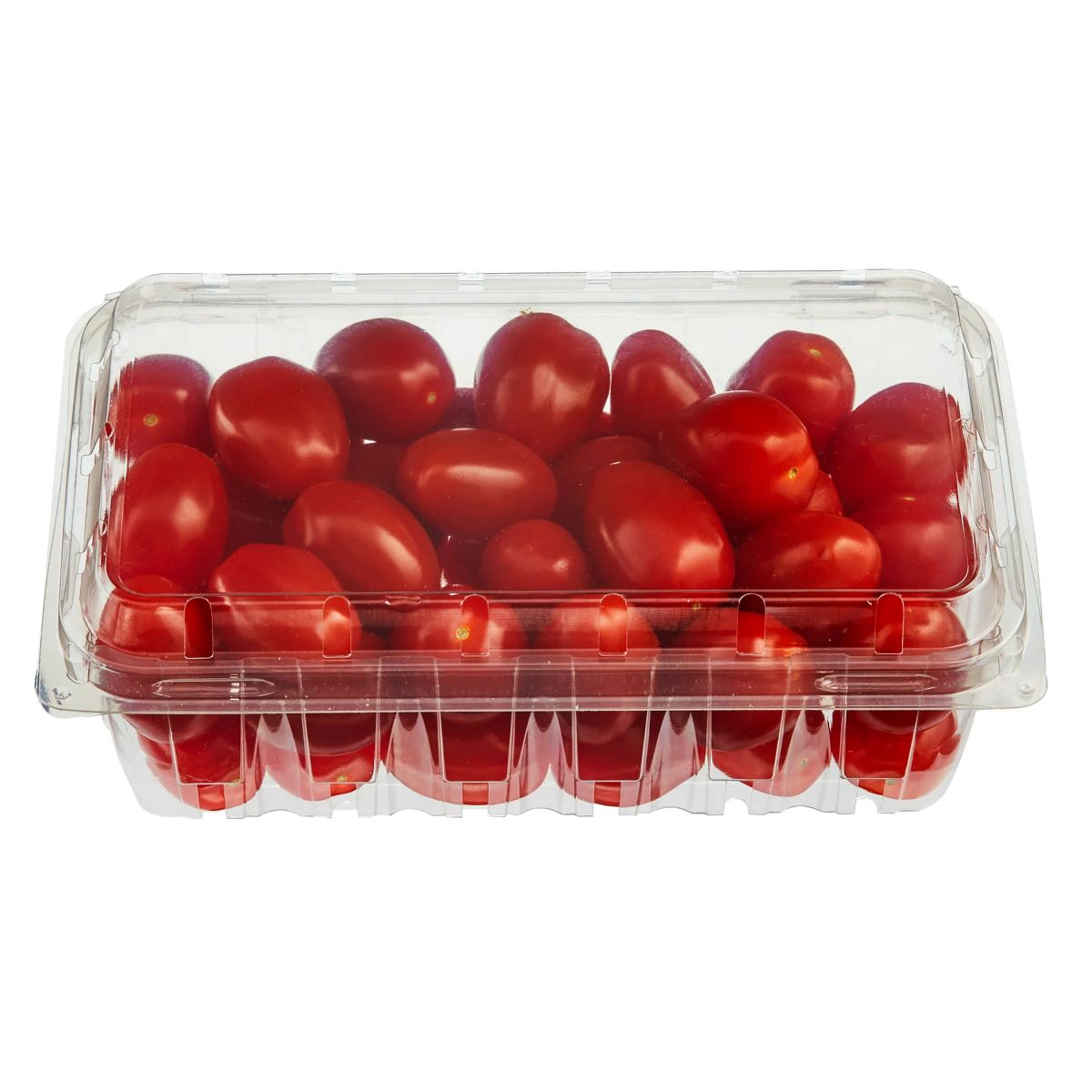
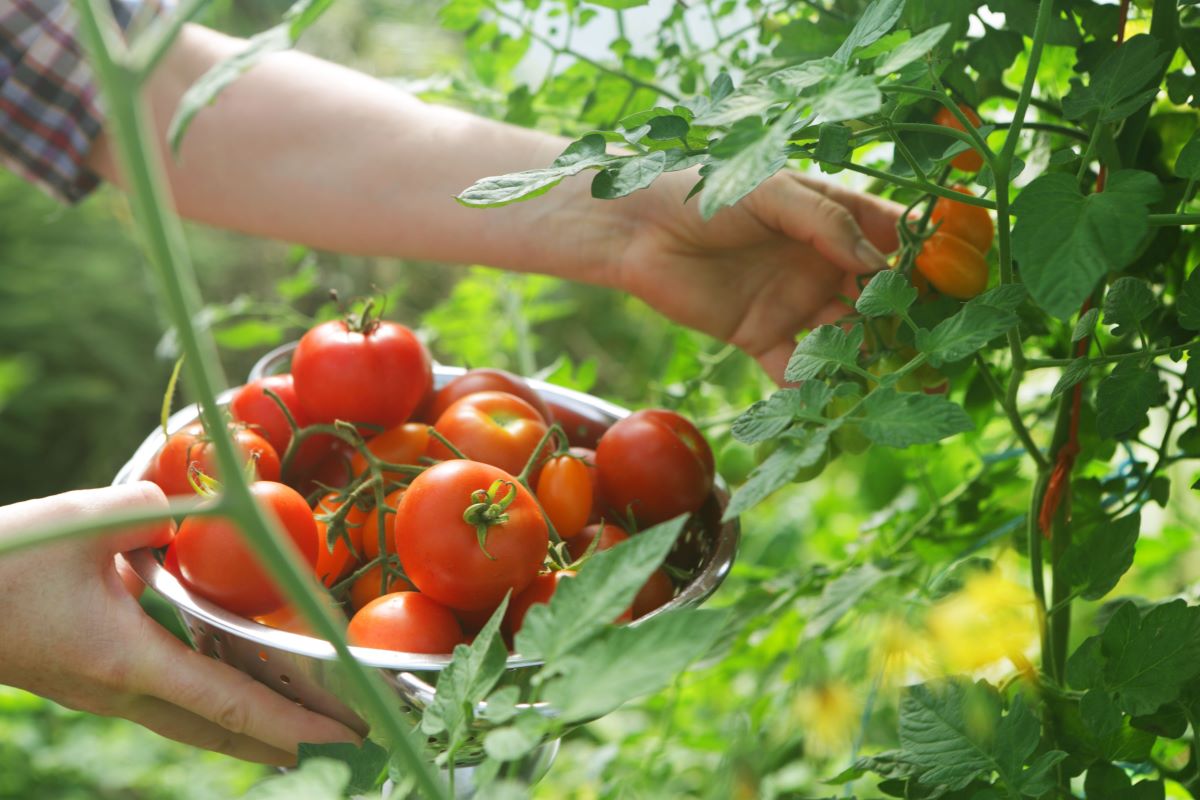

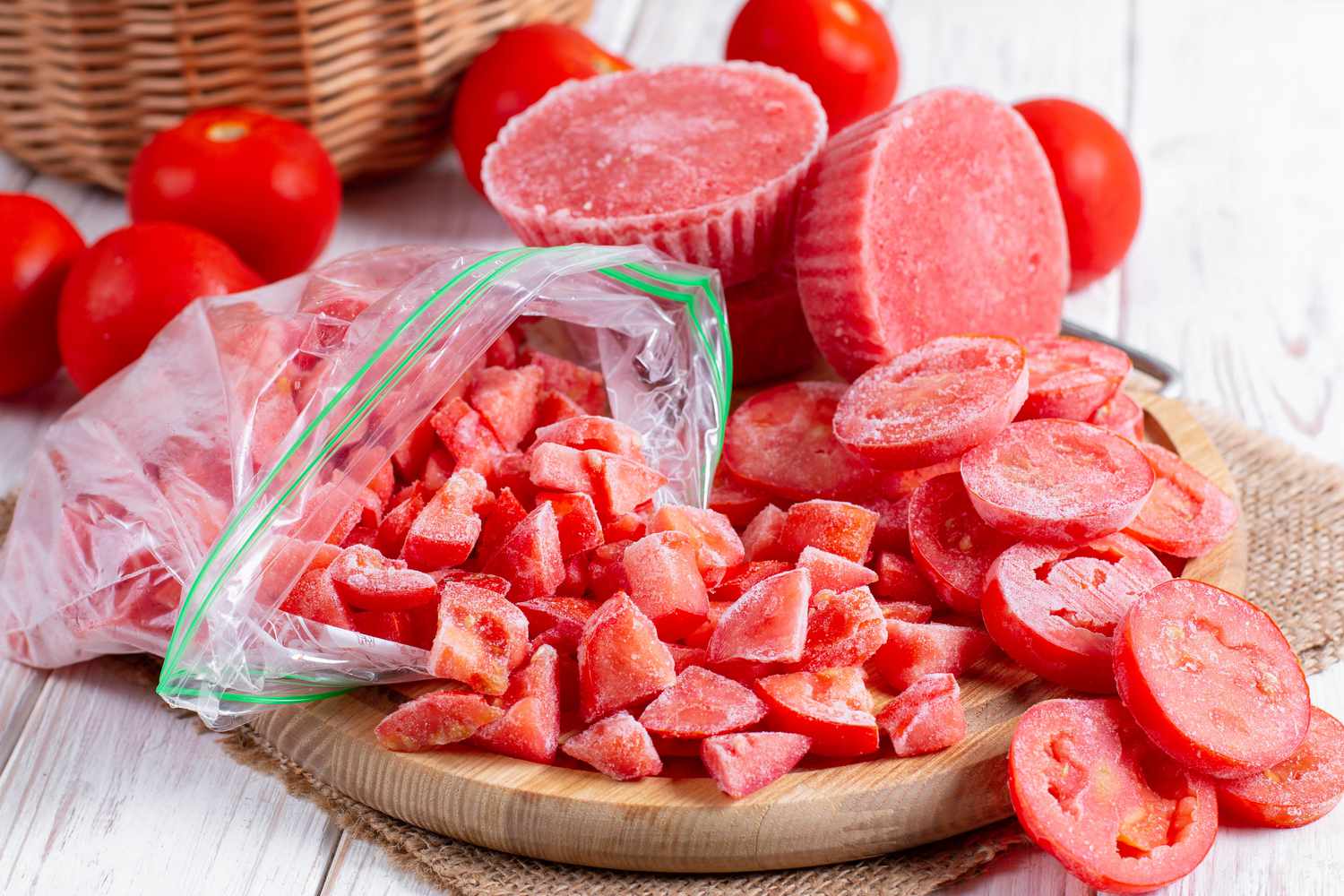
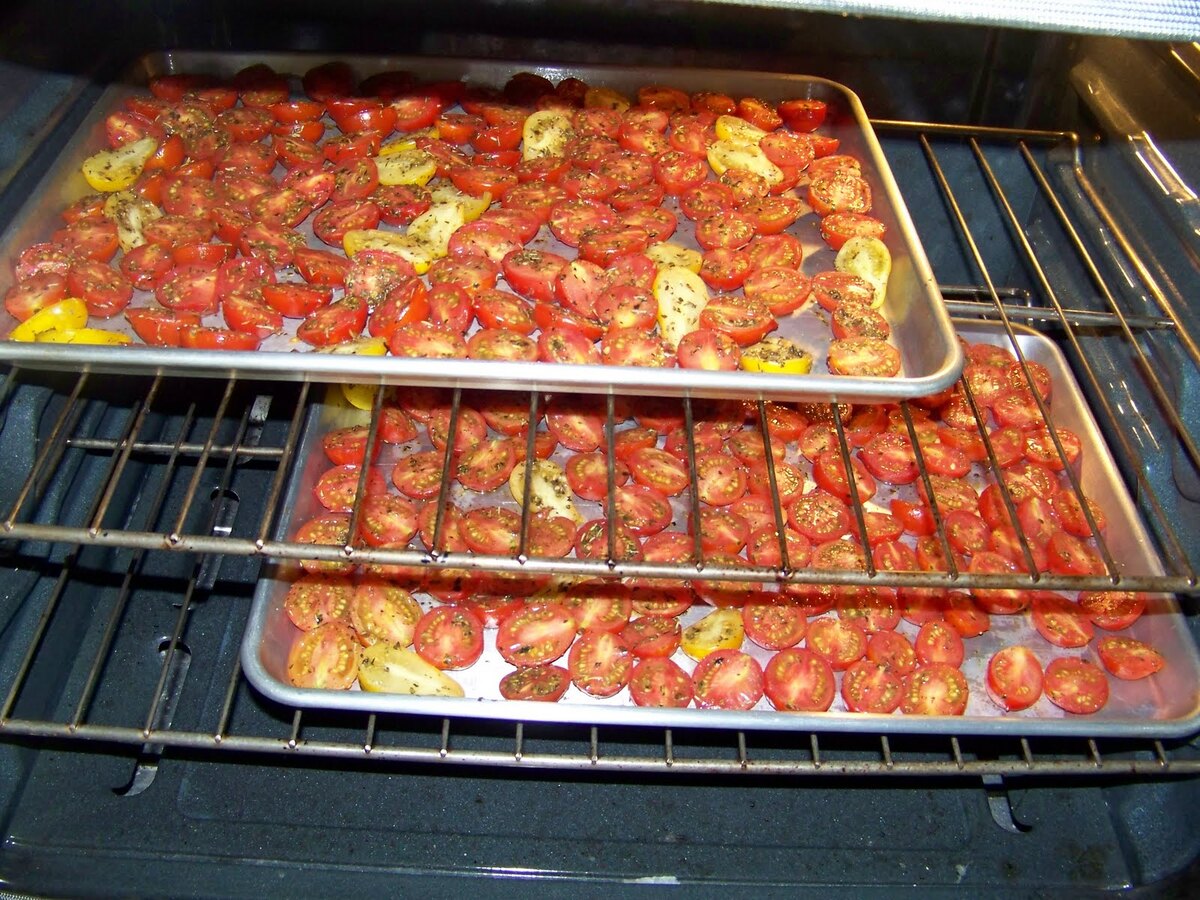
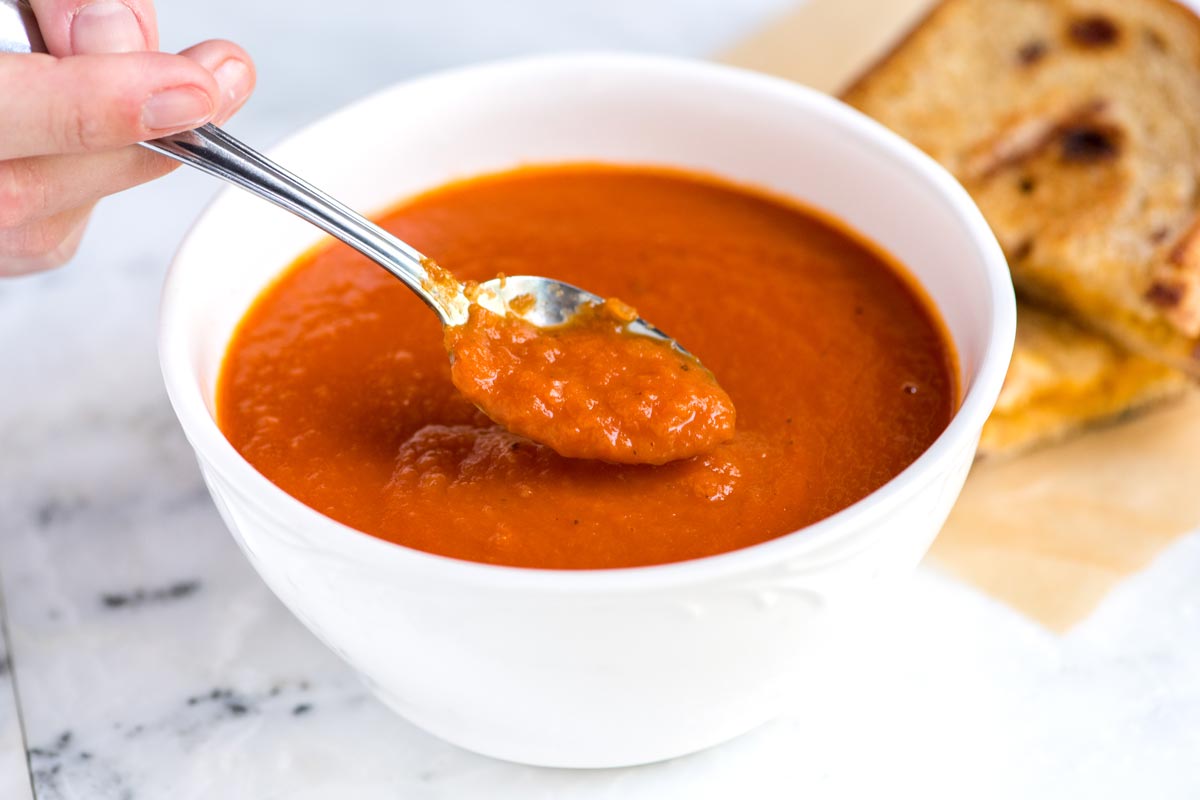
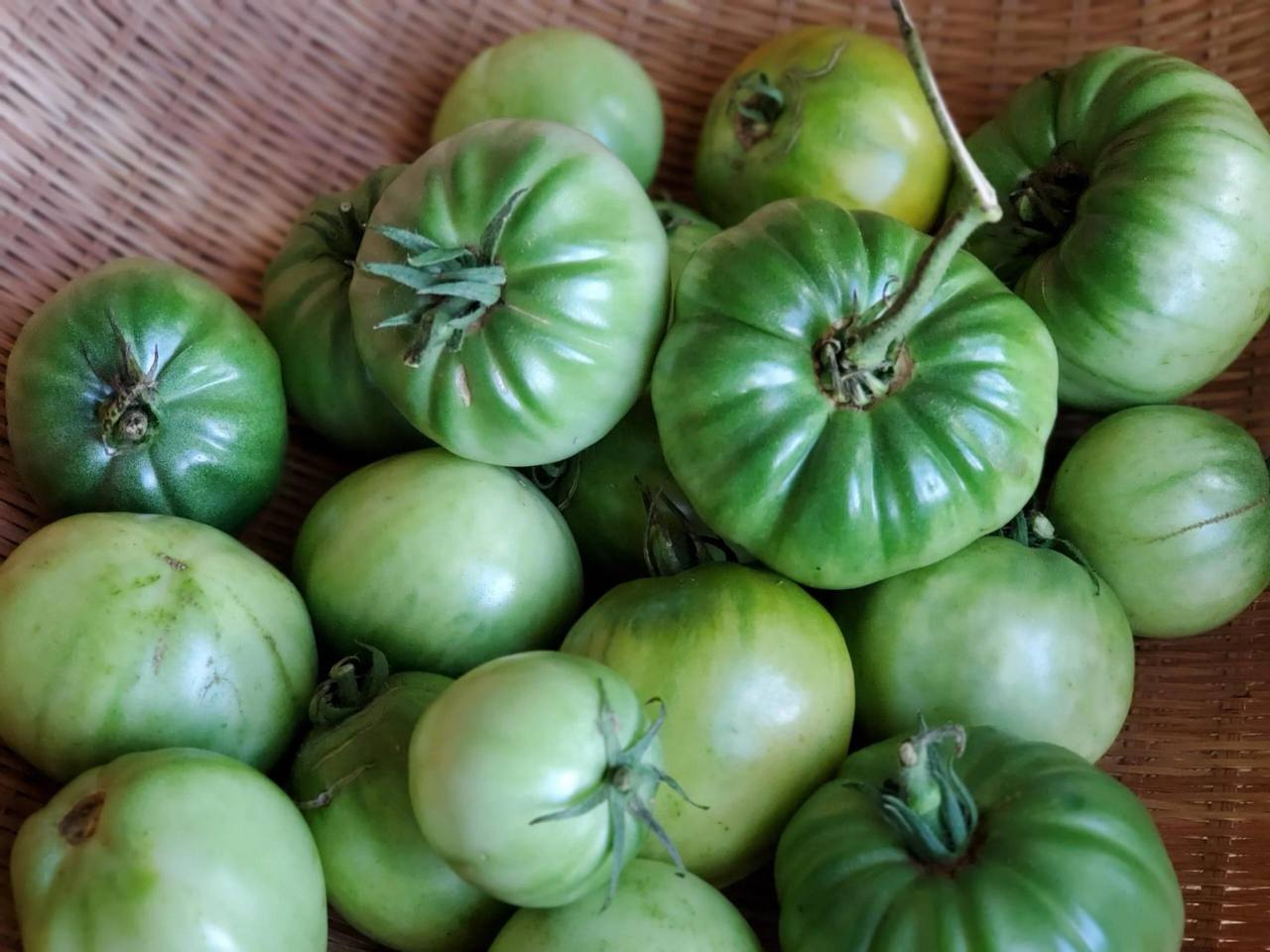
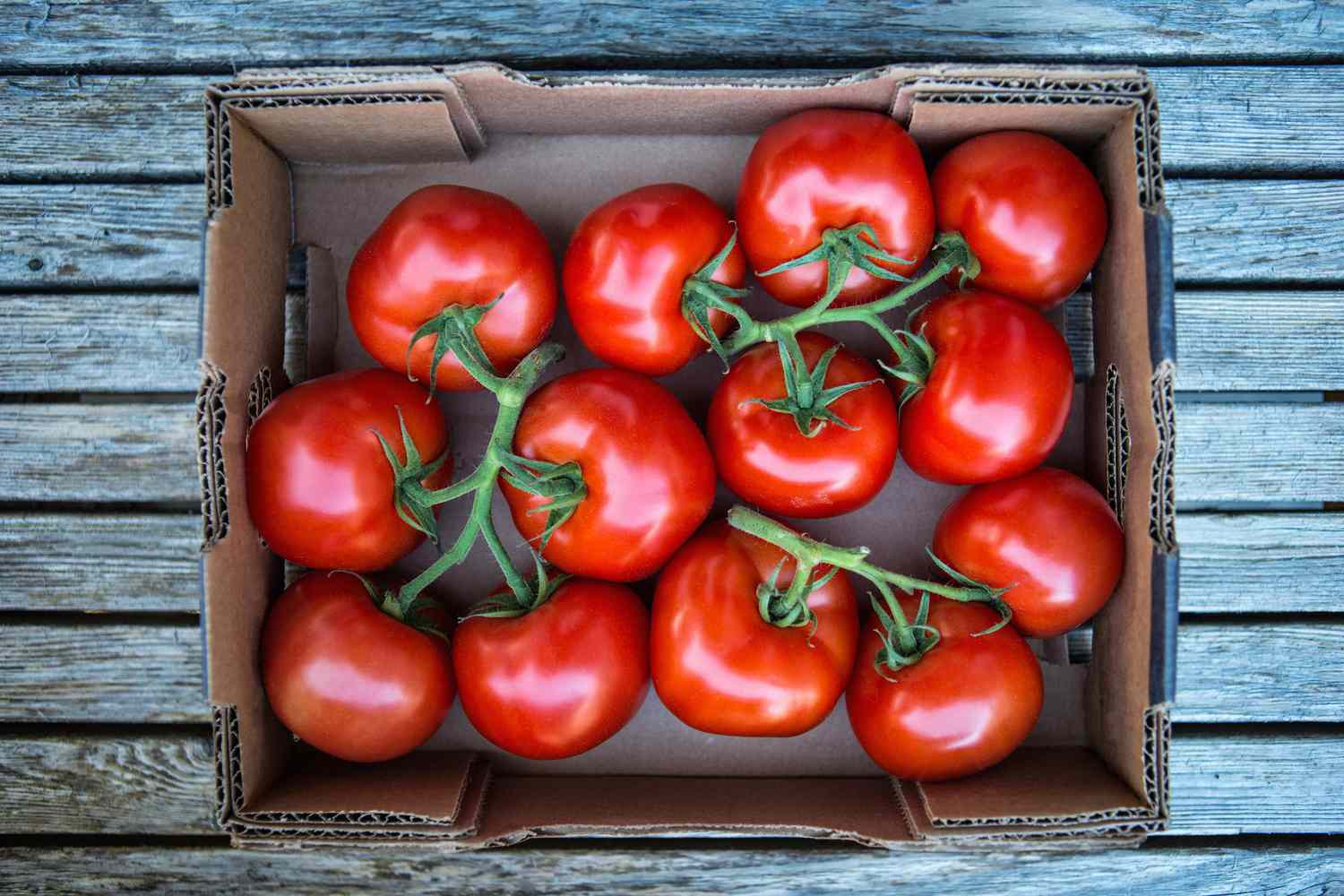
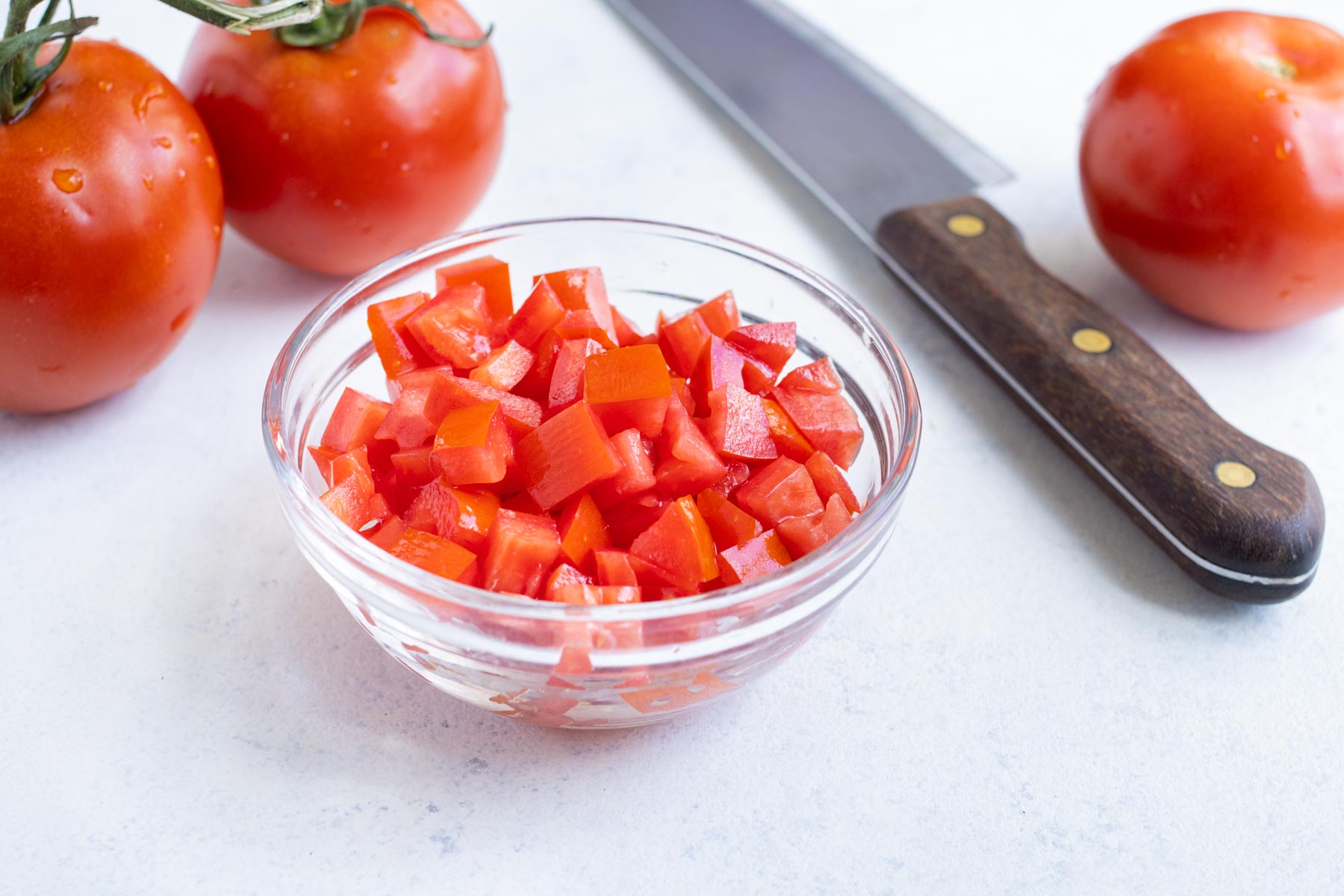
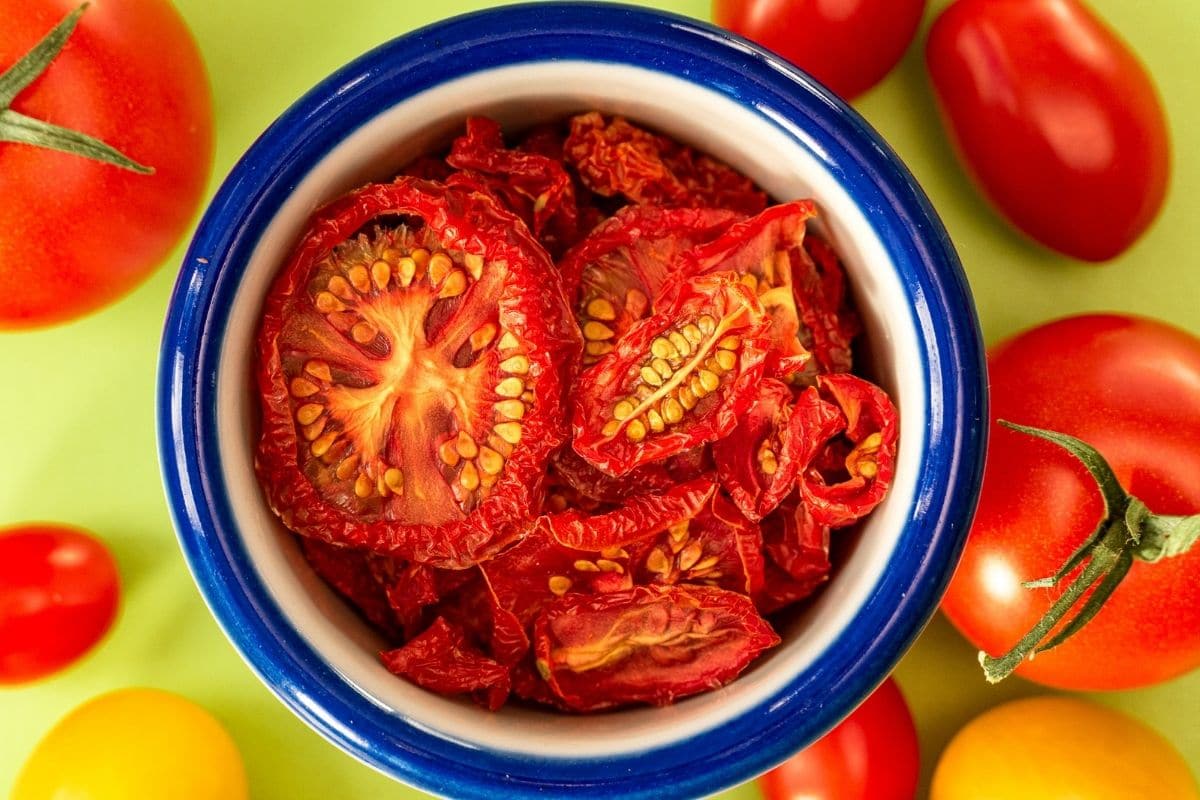
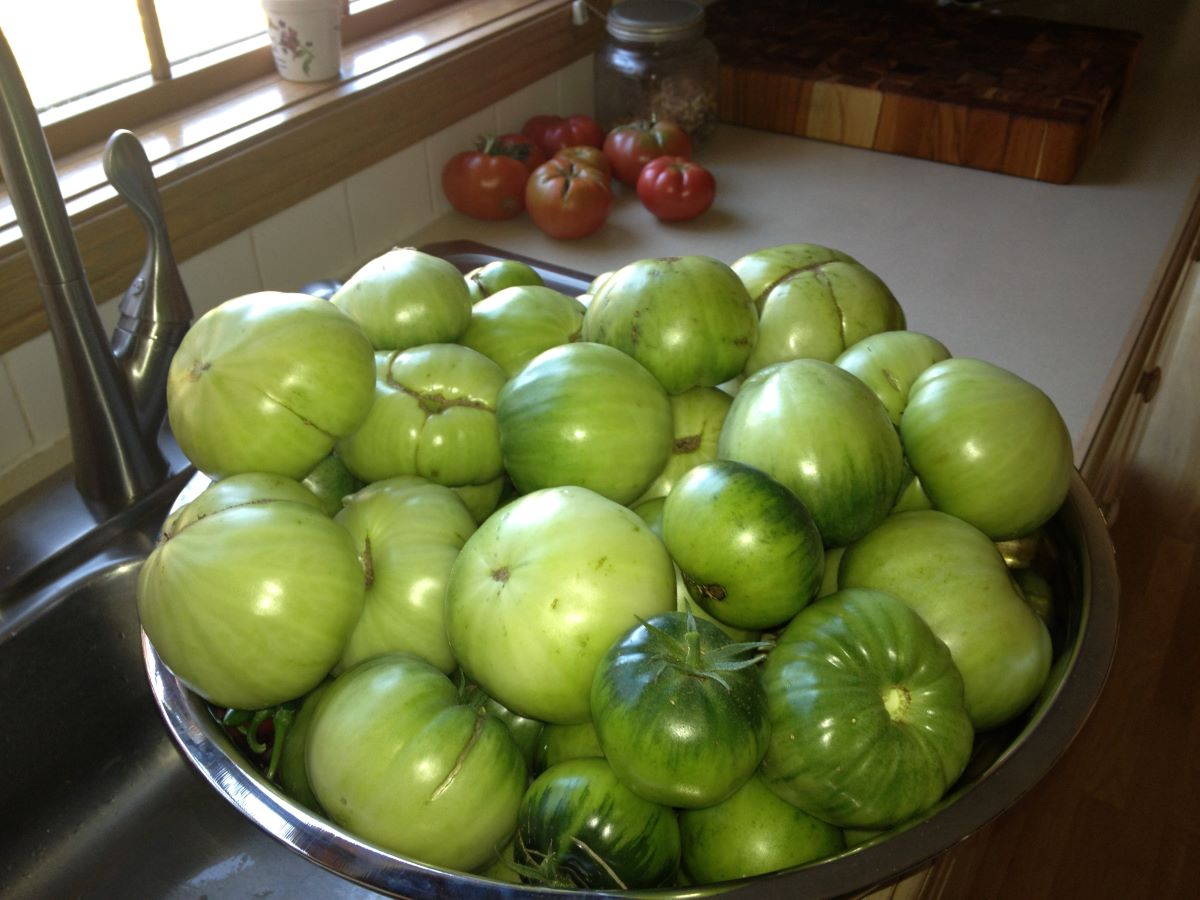
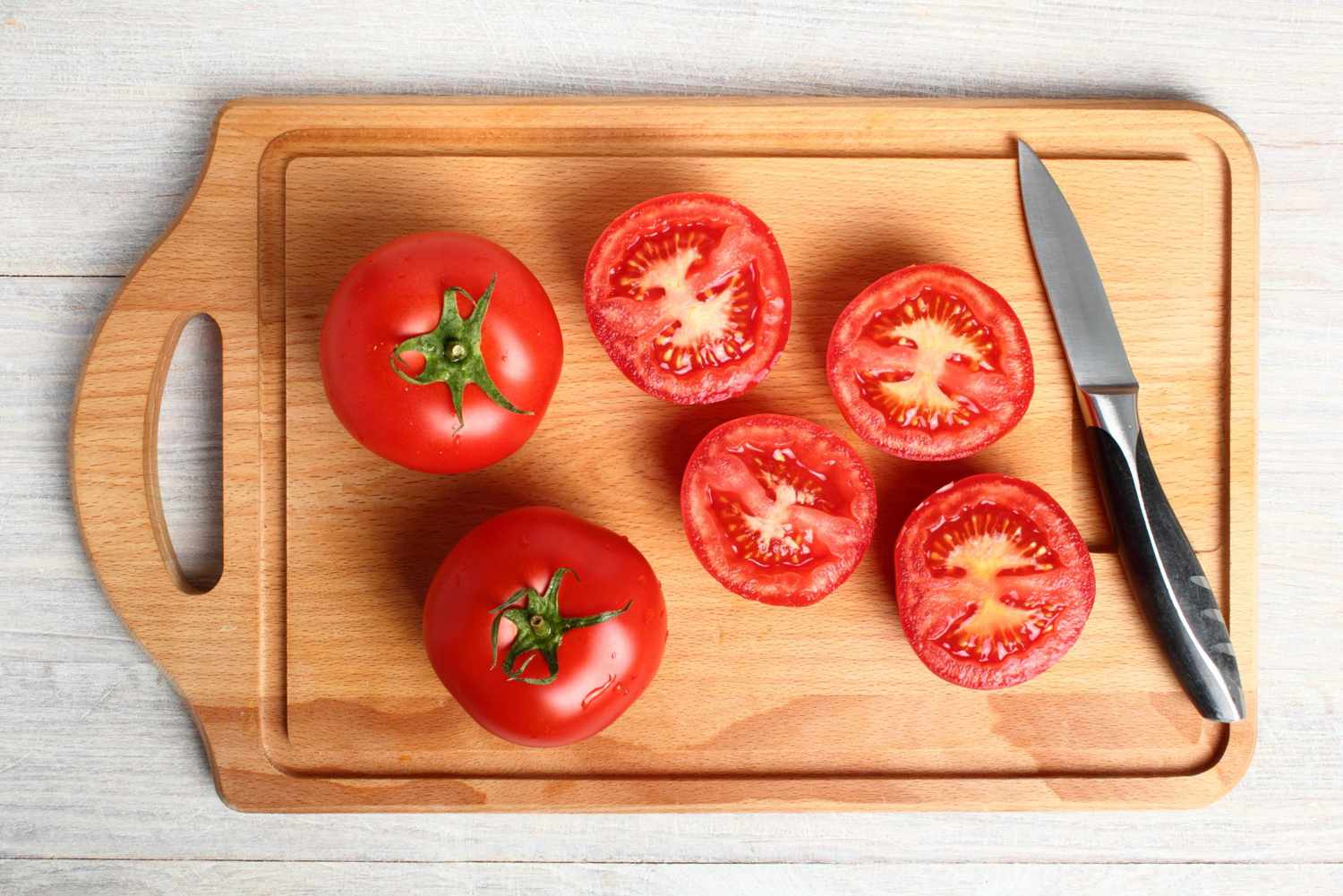
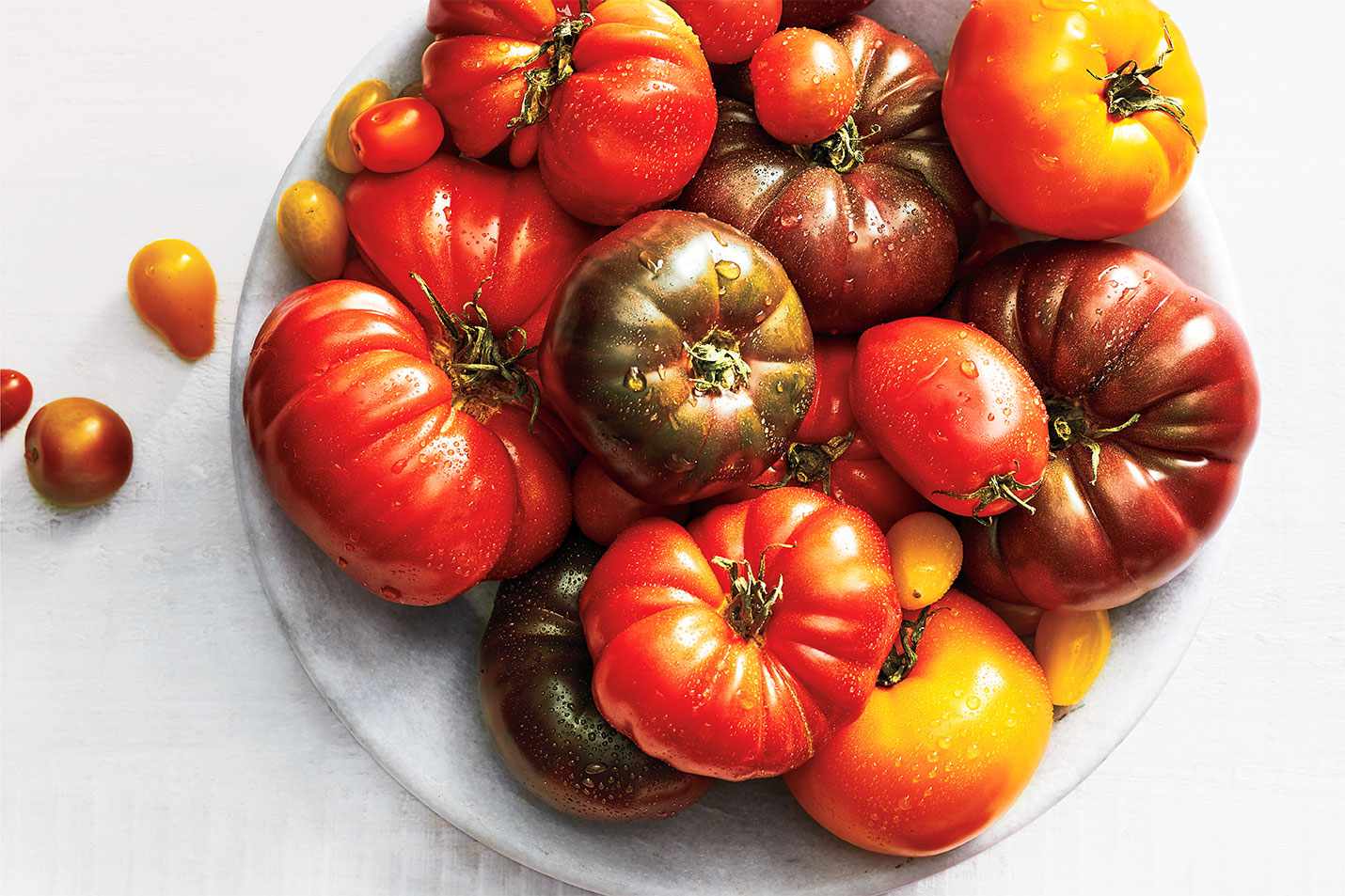

0 thoughts on “How To Store Baby Tomatoes”